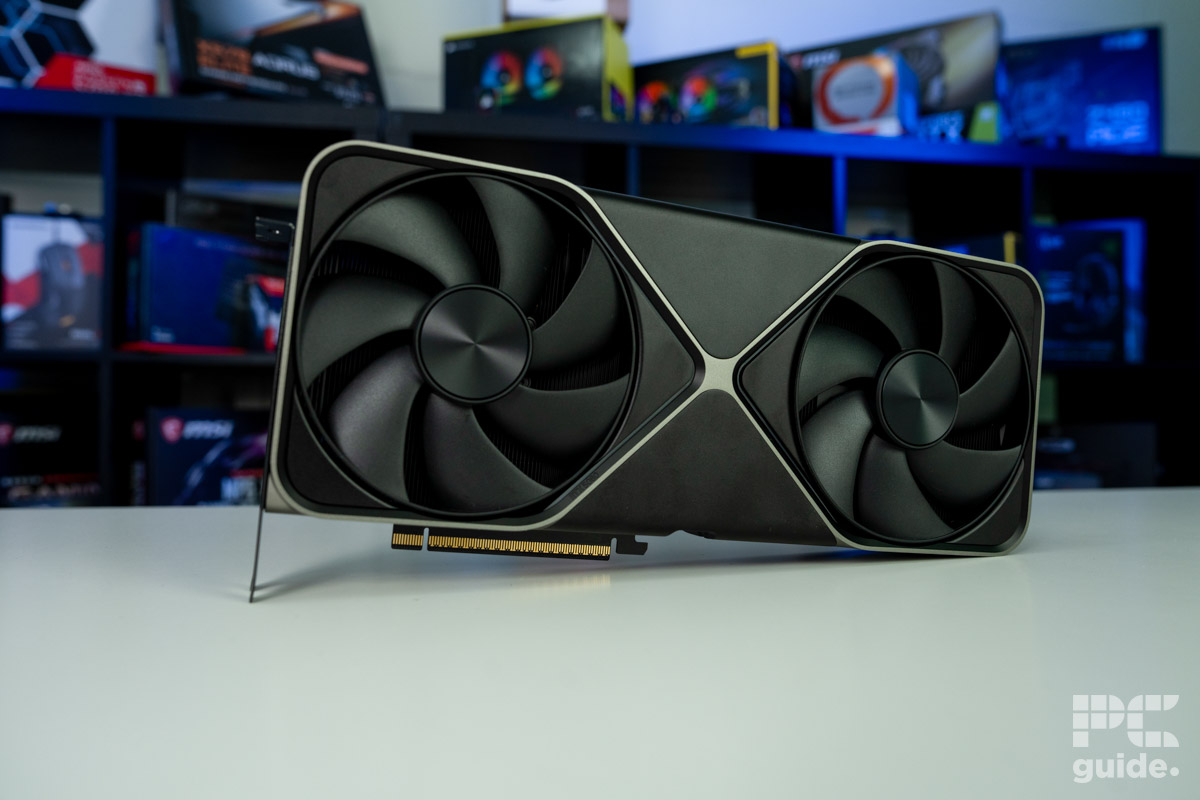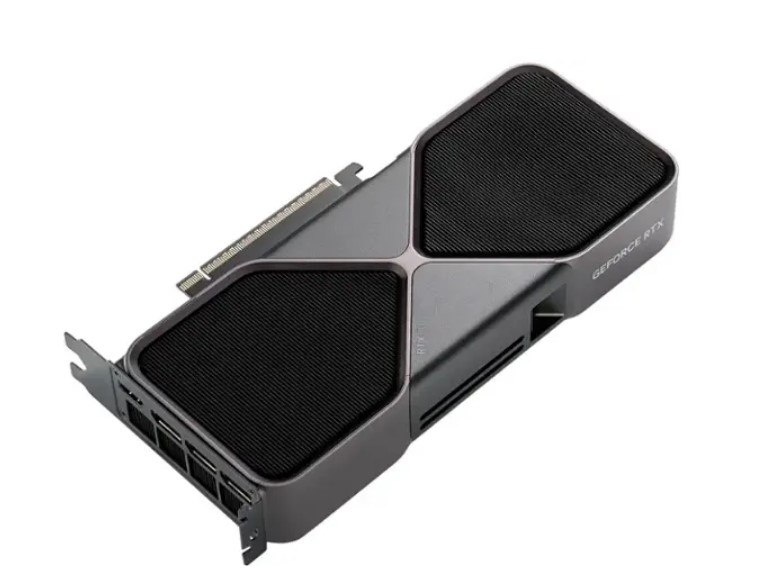RTX 5070 Ti vs RTX 5080 comparison – how do they stack up against each other?
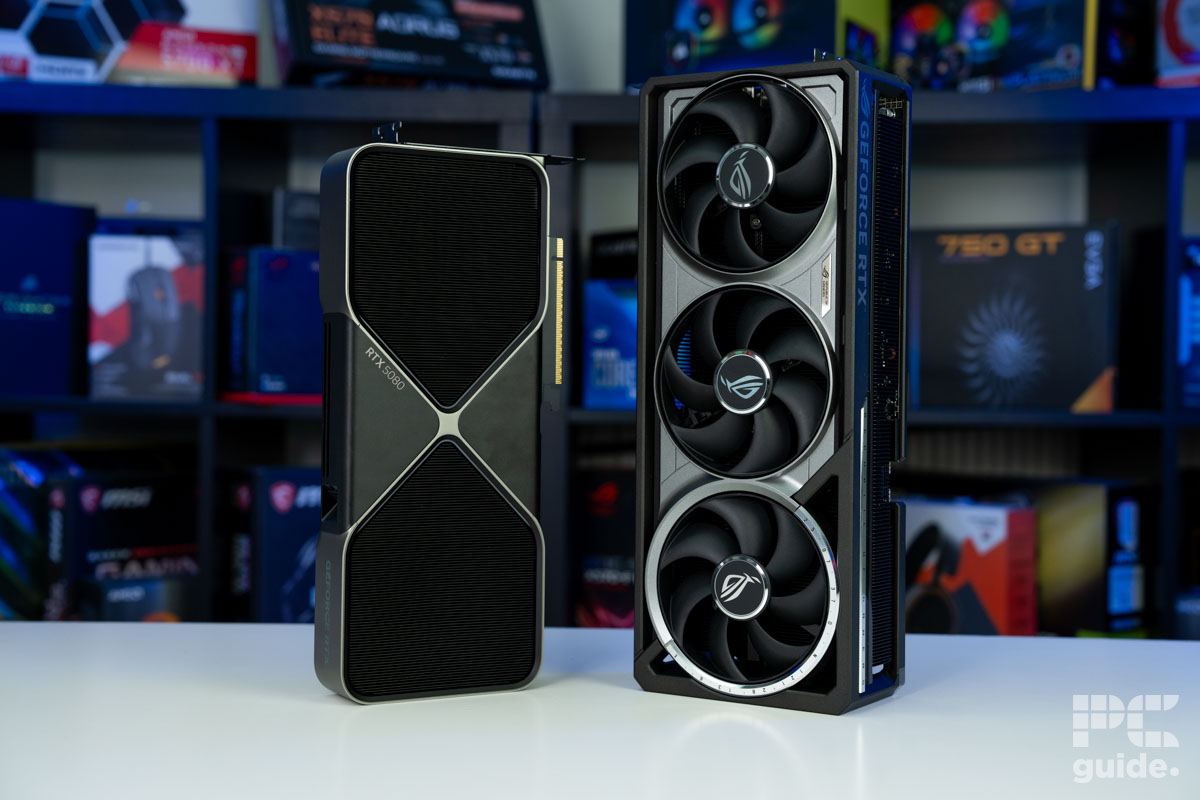
Table of Contents
Review are now live for the RTX 5070 Ti and it’s been generally well-received, especially for its 4K and 1440p performance and decent improvements on the RTX 4070 Ti. That being said, the big decision for most will be whether to go for the 5070 Ti or the 5080 – both good options, separated by only a couple hundred dollars with their respective MSRPs.
We reviewed two RTX 5080 graphics cards – the Founders Edition and the ROG Astral OC 5080. Both scored well in our testing, with the ASUS option inching ahead in performance, but costing more.
Now we wish you could land on this page, read it, and decide which one is for you, then simply purchase the card – but as you’ve no doubt seen there are RTX 5090 and 5080 stock issues, and it looks like this is the same for the 5070 Ti too. On top of that, pricing is one of the most important factors in this decision – in short, how much performance are you getting for your money? The fact that both the 5080 and 5070 Ti are very difficult to find at their MSRPs makes the decision even harder.
Here, we’ll weigh up the two cards against each other in key area such as performance, features, and more – but, we would advise taking the MSRPs with a big pinch of salt when making your call. You may find that now isn’t the best time to buy, and sticking with your current card is a good way to go, such as an RTX 4080 Super or a RTX 4070 Ti. Let’s dive in though, and see how these two 50-series cards compare.
Spec comparison
| Specifications | RTX 5070 Ti | RTX 5080 |
|---|---|---|
| Cores | 8,960 | 10,752 |
| Base clock speed | 2.3 GHz | 2.30 GHz |
| Boost clock speed | 2.45GHZ | 2.62 GHz |
| Memory | 16GB GDDR7 | 16GB GDDR7 |
| Memory interface | 256-bit | 256-bit |
| Bandwidth | 896 GB/sec | 960.0 GB/s |
| TGP | 300W | 360W |
| Power connector | 2x PCIe 8-pin cables or 300 W or greater PCIe Gen 5 cable | 3x PCIe 8-pin cables or 1x 450 W or greater PCIe Gen 5 cable |
| Release date | 20th February 2025 | January 30th, 2025 |
Comparing the specs of the two, as you might expect, the RTX 5080 lifts up various components and offers more for it. That isn’t in every department, though, surprisingly, with the 5070 Ti being on par on various parts, even though it is a lower-tier card. So, we’ll go over some of the bigger highlights and what they mean for each card.
Cores
The big headline of any graphics card is the core setup on its processing die. As the brain of the GPU, it does all the hard work in completing work to render graphics, videos, and everything that requires graphics. Both of these feature Nvidia’s own CUDA implementation that works incredibly well, so it’s an easy comparison to make between the two as they are on par with each other.
Between the two, there is over a thousand difference in the CUDA count, as the RTX 5070 Ti possesses 8,960 compared to the RTX 5080’s 10,752. That is an 18% deficit that the Ti card has that can directly result in the lower performance expected of it, although it may not be a one-to-one ratio as there are many other factors that can affect the performance, too.
Clock speeds
Another factor when it comes to the cores is how fast they are running with their clock rate. This affects how quickly they can process the data and get it out there, which is where the likes of overclocking your GPU come in. Although not as prominent these days with huge boosts, there is an impressive boost here and there, like the 5080 being an overclocking monster to improve its performance.
However, we’re looking at the base Nvidia factory settings, which are the default that the cards are set to. Even without the 5070 Ti having a Founder’s Edition, it will still have base models that should hit that MSRP and spec mark. Between these two cards, of course, the RTX 5080 can reach a higher boost clock. With it being able to reach around 165MHz higher than the 5070 Ti.
There will be custom models able to go higher than that. Such as the Astral 5080 we reviewed has a rated 2,760MHz boost clock that is 143MHz over the default boost clock. So once the 5070 Ti comes out, you can expect that to be able to go above that with the OC custom card models.

Memory
The card’s VRAM is where all the data is stored for the GPU to process, whether it’s a game’s textures to create the final graphics or render data when encoding videos. So, when looking at what a GPU has to offer, it comes down to the capacity and speed of the memory. The latter comes from the bus width sending through the data and then the actual clock rate of it.
Since the 5070 Ti and 5080 are in the same generation, they are on the same memory type. Specifically, GDDR7 offers plenty of speed and capacity per chip that can make the GPUs all the better. Between these two, the capacity does, in fact, stay the same, totally surprising me. You’d definitely expect the higher tier to offer more than the previous and a top card to offer more than 16GB.
It isn’t exactly the same implementation, though, as the 5080 does at least have a higher memory clock. That means even with the same 256-bit bus, it has a total bandwidth of 960GB/s compared to the 896GB/s, giving it the edge in performance at higher resolutions where there’s more to process.
TGP
Another factor for other cards is the total graphics power and how much juice it needs to run. Something that will very much dictate the kind of power supply you need for your system. As well as what kind of cooling you need to implement as with more power, there comes more heat to try and move away. That also leads to all those massive card models being introduced.
Between these two GPUs, there is a slight difference in the power needed. The RTX 5080’s extra CUDA cores and speed require 60W more to run. That also raises the recommended power supply by 100W, from 750 to 850W, which can be quite a factor when building out your PC.
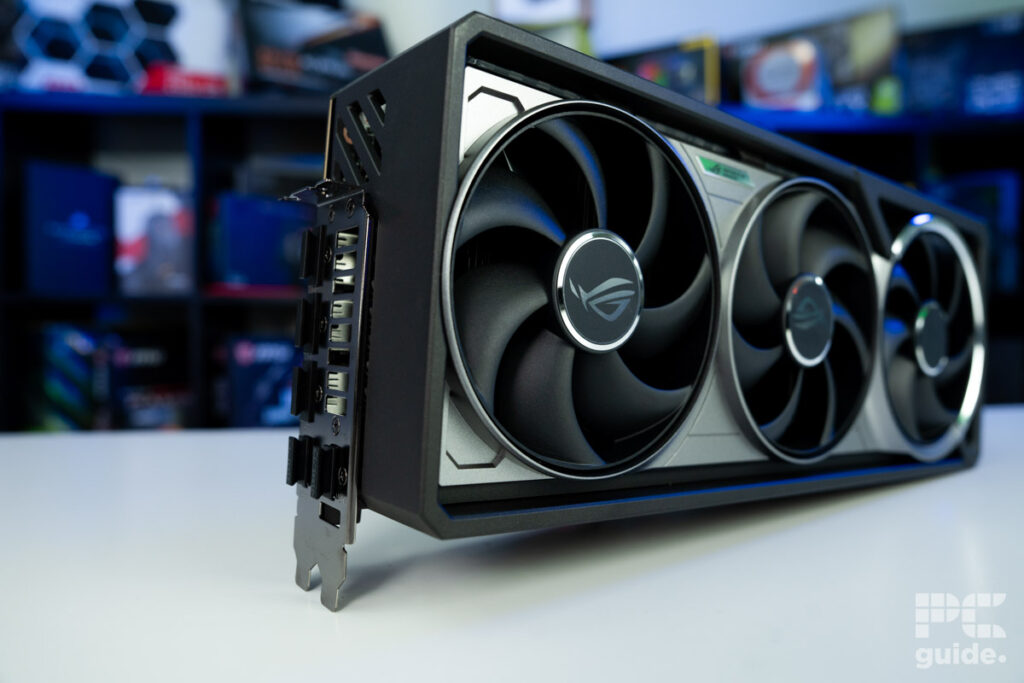
Performance difference
While we don’t yet have our own testing on the RTX 5070 Ti yet, we have looked closely at other reviews and benchmarks of the card and compared them against our own for the 5080. We’ll be updating this section with our own benchmarks when we’ve finished with our testing.
From these reviews, we see that the RTX 5080 takes the lead by around 6% at 1080p, 12% at 1440p, and 13% at 4k. Clearly, showing those extra CUDA cores, speed, and all the buffs do, in fact, give it that extra edge. Especially making it more capable at those higher resolutions, making it the better option if you’re going for high-resolution monitors.
Something to keep in mind too, is that you have access to DLSS 4 on both of these cards. Capable of boosting your performance in games that support it and adding a whole bunch of frames to increase the framerates. Along with anb improvement of the quality of the upscaling means it’s a much smoother implementation, but at the cost of latency, so we wouldn’t recommend it for more competitive gaming.
In Cyberpunk 2077, we saw the RTX 5080 gain an incredibly impressive 164FPS when using 4x multi-frame gen. With the 2x mode instead adding around 84FPS. That makes the punishing 4K full ray tracing psycho with path tracing a playable experience, offering some incredible visuals at a playable framerate, instead of the sub 20 slide show it has by default.
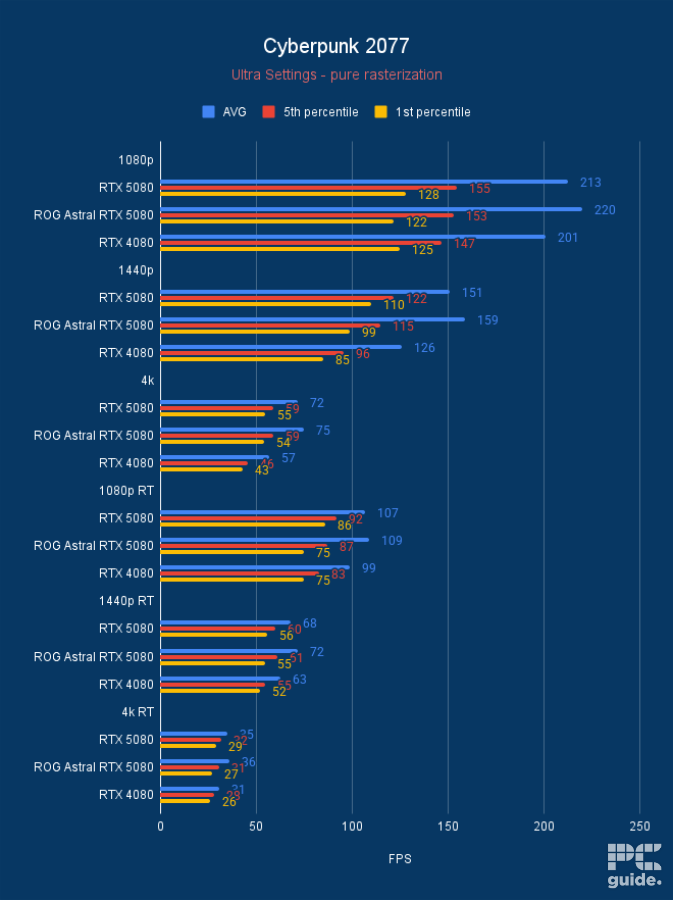
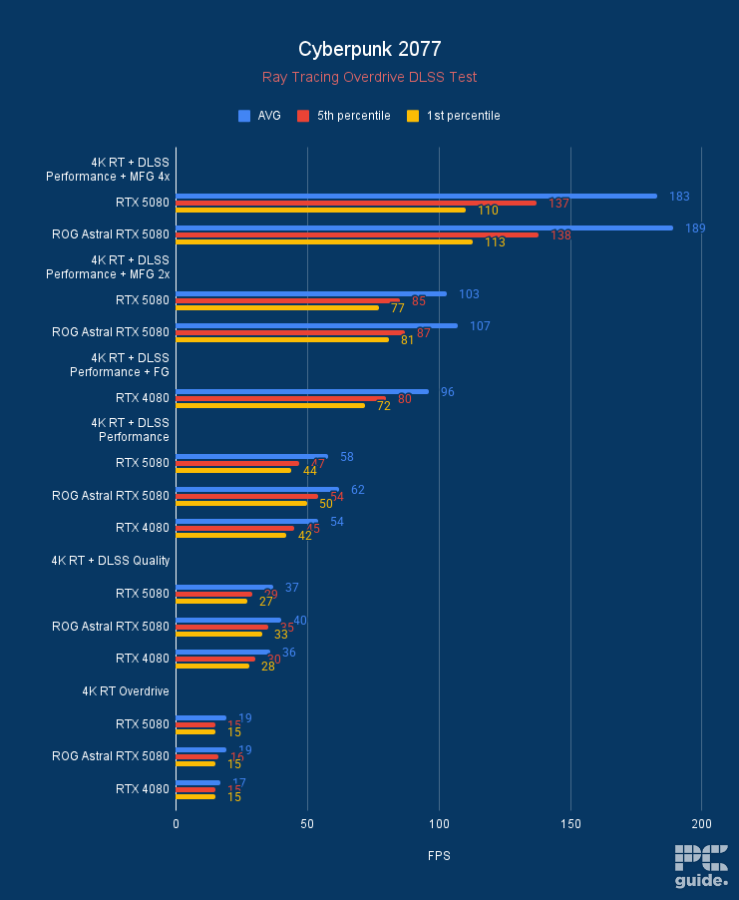
Price comparison
Now, when it comes to pricing, the situation can be a bit all over the place. Although there is an MSRP for the graphics cards, we don’t really see them being sold at these prices or, for the most part, being out of stock. That doesn’t bode too well for getting the cards for the right price.
Comparing the two on MSRP, though, is the best we can do to show the intent of where they are meant to sit in the market. That is the RTX 5080 coming in at $999, and the RTX 5070 Ti cutting its price back to $749. With a $250 difference, there is a significant saving to be had between the two that can be put towards the rest of your system. Mainly putting it towards a top CPU to match.
Final word
Overall, the RTX 5070 Ti and RTX 5080 are both greatly capable GPUs with some great framerates. Essentially, picking between these two comes down to your use case and, more importantly, the resolution you’re running. The extra CUDA cores and memory give the RTX 5080 the advantage in 4K and 1440p.
Even then, they both give great framerates and maybe getting some extra savings is more important, depending on what you can actually get your hands on. Since both are on the Blackwell generation, they will both have great features to take advantage of to improve your experience. Be it DLSS 4 or Reflex 2, you’ll be set for a long time with the specs and tech behind it.
